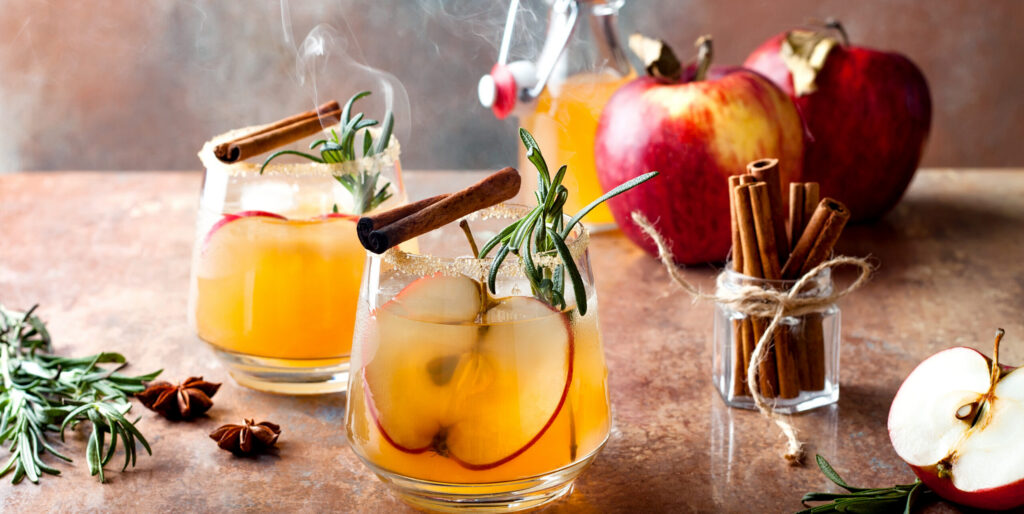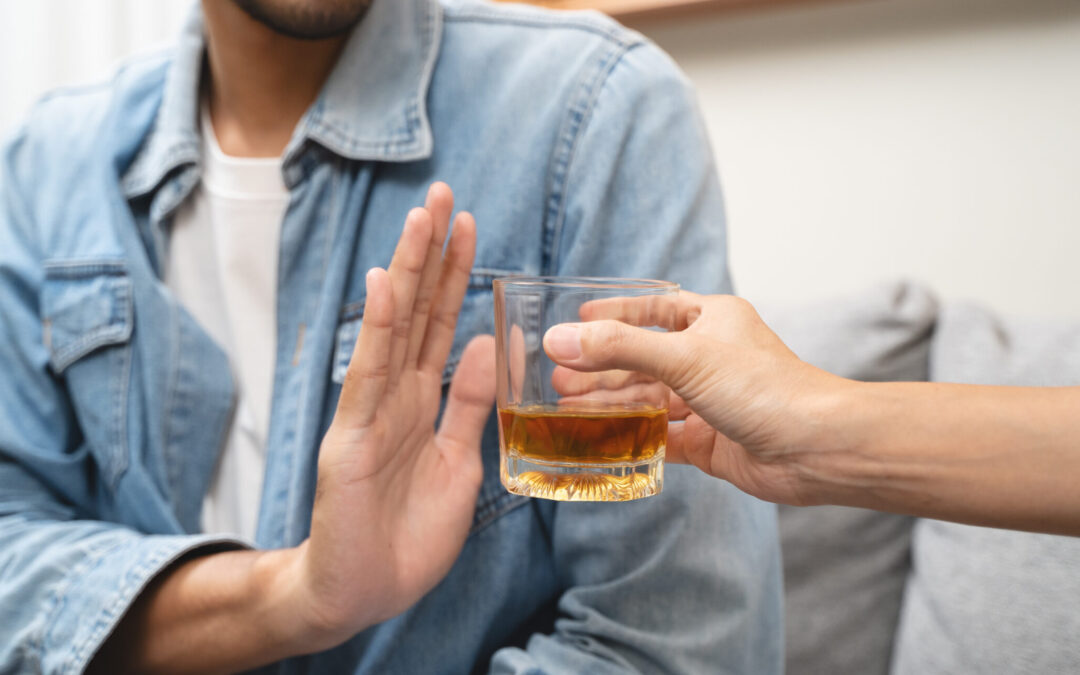Here’s a statistic that might surprise you: nearly half of Americans prefer non-alcoholic beverages over traditional boozy drinks at Thanksgiving. This past year, 48.97% of survey respondents chose mocktails and alcohol-free options over wine, beer, and cocktails at their holiday tables.
This isn’t your grandmother’s sparkling cider situation. We’re talking about elaborate harvest punches with pomegranate arils, sophisticated non-alcoholic wines that actually taste like wine, and mocktails so Instagram-worthy they’re stealing the spotlight from the turkey. The shift represents something bigger than just having options for the designated driver… it’s about reimagining what celebration looks like when everyone at the table can participate fully.
When “Sober Curious” Crashed the Holiday Party
The non-alcoholic drink movement has been building for years, and this Thanksgiving it’s hitting full stride. Home bartenders started crafting drinks with serious complexity: cranberry-ginger punches with fresh herbs, pear and apple cider concoctions topped with non-alcoholic sparkling wine, chai-spiced mocktails that taste like autumn in a glass.
Remember when the “non-alcoholic option” at Thanksgiving meant lukewarm apple cider or a sad glass of ginger ale? Those days are officially over. These aren’t substitutes; they’re the main event.
The Quiet Revolution Against Alcohol

According to trend forecasters, “serenity” emerged as the top consumer need heading into the 2024 holiday season. Translation: people are tired of the holiday chaos and want to actually remember their Thanksgiving.
This desire for calm is driving Americans across all age groups to reconsider their relationship with holiday drinking. It’s not about abstinence as much as it’s about presence. Who wants to zone out during the family’s annual gratitude round because they had three glasses of wine before dinner?
More practical concerns play a role too. With alcohol orders up 88% on Thanksgiving Eve 2024 compared to average Wednesdays, many people are recognizing they’d rather save their drinking for the night before and stay clear-headed for the actual holiday.
Building Drinks That Actually Taste Like Something
The secret to a great Thanksgiving mocktail isn’t just leaving out the liquor. It’s understanding how to replace the bite and complexity that alcohol provides.
Smart home mixologists are turning to black tea, bitters, fresh citrus, and even apple cider vinegar to create that satisfying “throat hit” that makes a drink feel substantial. Popular base ingredients include apple cider, pear nectar, cranberry juice, and pomegranate. Then comes the fun part: fresh fruit, aromatic herbs like rosemary and thyme, warm spices, and sparkling water or non-alcoholic wines to add effervescence.
Some recipes incorporate maple syrup or honey for depth and complexity. The result looks gorgeous, tastes sophisticated, and won’t leave anyone feeling left out or less-than.
High-End Restaurants Join the Movement
This trend isn’t just happening in home kitchens. Restaurants have noticed the shift and are responding with dedicated mocktail menus that go far beyond the obligatory virgin mojito.
High-end establishments are hiring mixologists specifically to develop non-alcoholic beverage programs, treating them with the same creativity and attention to detail as their cocktail offerings. Some spots are even offering non-alcoholic wine pairings with Thanksgiving prix fixe menus; these aren’t grape juice options but dealcoholized wines that maintain complex flavor profiles.
What This Really Changes

Perhaps the most beautiful aspect of this shift is how it changes the energy at the table. When the “special drinks” aren’t reserved only for people drinking alcohol, everyone gets to participate in the ritual of raising a beautiful glass.
This matters for pregnant guests, people in recovery, those taking medications that interact with alcohol, designated drivers, and anyone who simply doesn’t want to drink. No more explaining, no more awkward moments, no more feeling like the odd one out.
The inclusivity factor extends beyond individual choice. Families are finding that when half the table isn’t drinking, conversations stay sharper, kids feel more included in the “fancy drink” ritual, and the whole event feels more intentional.
The New Tradition
The Thanksgiving mocktail movement represents the best kind of evolution. You can make a stunning harvest punch in less time than it takes to open a bottle of wine, and everyone at your table gets to feel included in the festivities.
This year, the drinks are as thoughtful as the menu. And when your aunt asks for the recipe instead of reaching for the wine bottle, you know something’s shifting. The holiday table is getting more inclusive, one beautiful glass at a time.

